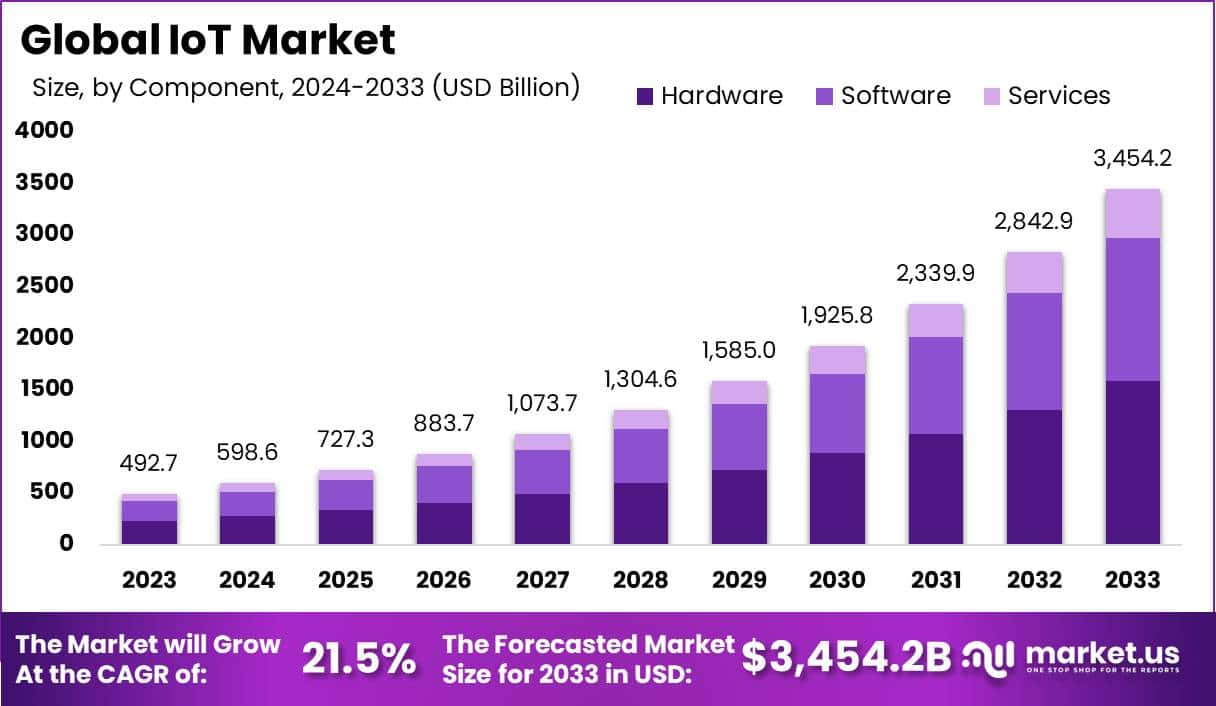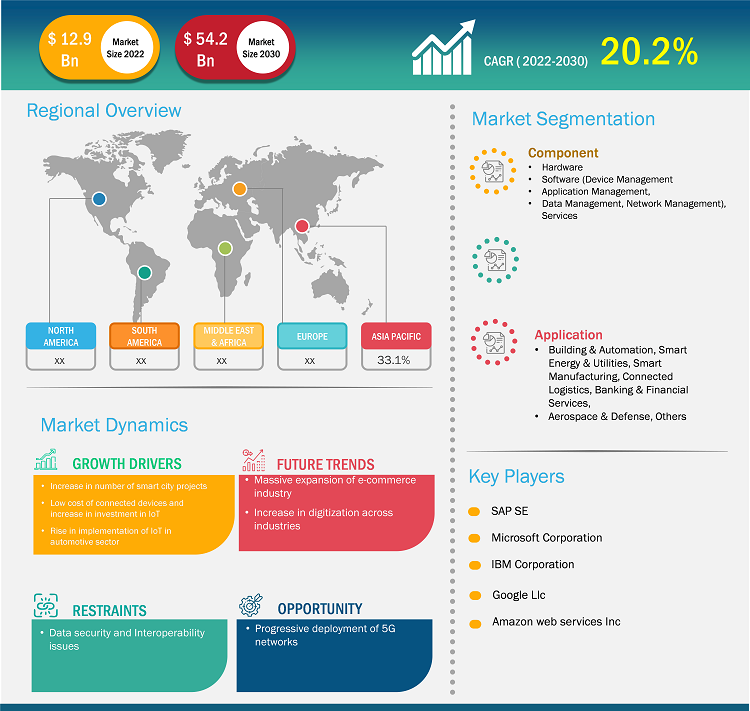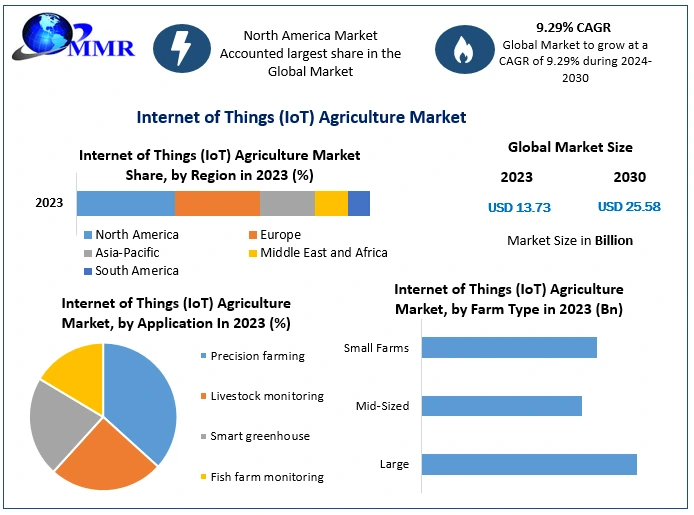Top IoT App Development Companies
1. Agicent:
Agicent Technologies has a talented workforce of over 200 professionals that have completed over 1000 successful projects. Agicent has proven its excellence over the years by delivering a variety of services to its users, including the following:
Provides IoT app development for a wide range of domains including home automation, industrial automation, smart wearables, health care, and so on.
Provides you with a remote developer with the appropriate skill set and experience on an hourly basis starting at $20 (depending on the level of expertise you require).
They carry out the development process and concentrate on the main functionalities that address the problem being addressed.
They also offer strategic advice on how to introduce your product to the market, develop anticipation, and attract early users.
Headquarters: Atlanta, United States
Year Founded: 2010
Number of Employees: 200+
Services: Mobile app development, web development, Artificial Intelligence, cloud computing
2. Siemens:
Siemens AG is the top global firm in Europe. Siemens has developed into one of the “world’s largest industrial manufacturing companies”. In the world of the Internet of Things, Siemens focuses on various services ranging from “connectivity to automation”. They aim to improve efficiency, enhance predictive nature, and enable smart and quick decision-making. The Siemens IoT platform, named “MindSphere“, offers a cloud-based ecosystem that promotes data collection and application development.
Headquarters: Germany
Year Founded: 1847
Revenue: More than $30 billion
Number of Employees: 311,000
Services: industrial automation, building technology, financial services, medical technology, mobility solutions, software automation, etc.
3. Samsara:
Samsara is a well-known IoT service provider. “Samsara” provides solutions for fleet management, wireless connectivity between devices, industrial operations within organizations, etc. They offer help to increase the safety and sustainability of organizational operations.
Their main focus is on providing the best IoT solutions with their user-friendly platform, which has a wide range of applications that promote sustainable solutions across various industries.
Headquarters: San Francisco
Year Founded: 2015
Revenue: $483.3 Million
Number of Employees: 5000+
Services: fleet management, construction and field services, equipment, site buildings
4. Softeq:
Softeq’s main office is located in ‘Houston’. They also have a delivery center in ‘Germany’ and a development center in ‘Minsk’. They have worked with many big “MNCs, such as Microsoft, HP, Verizon, Lenovo, etc. Their team consists of highly competent engineers and developers who use modern technologies to bring your ideas to life.
Headquarters: Houston, United States
Year Founded: 1997
Revenue: $14.1 Million
Number of Employees: 500+
Services: IoT, industrial automation and robotics, AR/VR/MR, blockchain, AI/ML, computer vision software
5. Vates:
Vates provides IoT and software development services. They have “agile-certified experts” and “30 years of software delivery experience”. Vates an IoT app development company offers effective IT solutions that can promote your business’s success.
Headquarters: Aventura, Florida
Year Founded: 1991
Revenue: $125.5 Million
Number of Employees: 500+
Services: IoT software development, IoT system integration, application development, etc.
6. Lanars:
Lanars is a mobile app technology company. They provide hardware and software development solutions for industry. “Lanars” use cutting-edge approaches to deliver technically innovative digital services. It has “8 years of experience” in this industry and has a huge market.
Headquarters: San Francisco
Year Founded: 2016
Revenue: $15.9 Million
Number of Employees: 250+
Services: mobile app development, web app development, enterprise software, etc.
7. Verizon:
Verizon provides transformative IoT solutions, from fleet management to smart cities. It is one of the most “well-known global companies.” It has long been a leading name in IoT and is still expanding its new services, such as “mobile edge computing”. Their aim is to supply a reliable network that fits the user’s requirements.
Headquarters: Delaware, United States
Year founded: 1983
Revenue: $133.6 Billion
Number of Employees: 10,000+
Services: IoT Marketplace, IoT for Small Business, Connected Commerce, Connected Fleet, and Field Services
8. Oxagile:
Oxagile is a reputable company that provides software development services, hardware prototypes, and the integration of cloud services. They use the latest technology trends and unique ideas to ensure that your product matches your needs.
Headquarters: New York, US
Year Founded: 2005
Revenue: $18.0 Million
Number of Employees: 350+
Services: end-to-end logistic solutions, connected warehousing, solid computer vision expertise, software development, etc.
9. PTC:
PTC is a widely recognized provider of IoT services that offers a customer-friendly solution that helps industries manage digital requirements. “Parametric Technology Corporation” is a full form of PTC. Engineers and designers can use “PTC’s CAD software” to generate detailed 3D models of their products.
Headquarters: Boston, Massachusetts
Year founded: 1985
Revenue: $2.058 Billion
Number of Employees: 7000+
Services: AR assistance, service life cycle management, and developing and deploying IoT solutions
10. IBM:
IBM is a leading company in providing hosting services in different areas, such as mainframe technology. They mainly focus on “hybrid cloud solutions” to manage and deploy applications easily. IBM is also known as one of the leaders in “Quantum computation research and development.”
Headquarters: Armonk, New York
Year Founded: 1911
Revenue: $60.525 Billion
Number of Employees: 10,000+
Services: computer hardware, middleware, and software; enterprise asset management; and many more.
Source:
https://www.agicent.com/blog/iot-app-development-companies/Top IoT App Development Companies
1. Agicent:
Agicent Technologies has a talented workforce of over 200 professionals that have completed over 1000 successful projects. Agicent has proven its excellence over the years by delivering a variety of services to its users, including the following:
Provides IoT app development for a wide range of domains including home automation, industrial automation, smart wearables, health care, and so on.
Provides you with a remote developer with the appropriate skill set and experience on an hourly basis starting at $20 (depending on the level of expertise you require).
They carry out the development process and concentrate on the main functionalities that address the problem being addressed.
They also offer strategic advice on how to introduce your product to the market, develop anticipation, and attract early users.
Headquarters: Atlanta, United States
Year Founded: 2010
Number of Employees: 200+
Services: Mobile app development, web development, Artificial Intelligence, cloud computing
2. Siemens:
Siemens AG is the top global firm in Europe. Siemens has developed into one of the “world’s largest industrial manufacturing companies”. In the world of the Internet of Things, Siemens focuses on various services ranging from “connectivity to automation”. They aim to improve efficiency, enhance predictive nature, and enable smart and quick decision-making. The Siemens IoT platform, named “MindSphere“, offers a cloud-based ecosystem that promotes data collection and application development.
Headquarters: Germany
Year Founded: 1847
Revenue: More than $30 billion
Number of Employees: 311,000
Services: industrial automation, building technology, financial services, medical technology, mobility solutions, software automation, etc.
3. Samsara:
Samsara is a well-known IoT service provider. “Samsara” provides solutions for fleet management, wireless connectivity between devices, industrial operations within organizations, etc. They offer help to increase the safety and sustainability of organizational operations.
Their main focus is on providing the best IoT solutions with their user-friendly platform, which has a wide range of applications that promote sustainable solutions across various industries.
Headquarters: San Francisco
Year Founded: 2015
Revenue: $483.3 Million
Number of Employees: 5000+
Services: fleet management, construction and field services, equipment, site buildings
4. Softeq:
Softeq’s main office is located in ‘Houston’. They also have a delivery center in ‘Germany’ and a development center in ‘Minsk’. They have worked with many big “MNCs, such as Microsoft, HP, Verizon, Lenovo, etc. Their team consists of highly competent engineers and developers who use modern technologies to bring your ideas to life.
Headquarters: Houston, United States
Year Founded: 1997
Revenue: $14.1 Million
Number of Employees: 500+
Services: IoT, industrial automation and robotics, AR/VR/MR, blockchain, AI/ML, computer vision software
5. Vates:
Vates provides IoT and software development services. They have “agile-certified experts” and “30 years of software delivery experience”. Vates an IoT app development company offers effective IT solutions that can promote your business’s success.
Headquarters: Aventura, Florida
Year Founded: 1991
Revenue: $125.5 Million
Number of Employees: 500+
Services: IoT software development, IoT system integration, application development, etc.
6. Lanars:
Lanars is a mobile app technology company. They provide hardware and software development solutions for industry. “Lanars” use cutting-edge approaches to deliver technically innovative digital services. It has “8 years of experience” in this industry and has a huge market.
Headquarters: San Francisco
Year Founded: 2016
Revenue: $15.9 Million
Number of Employees: 250+
Services: mobile app development, web app development, enterprise software, etc.
7. Verizon:
Verizon provides transformative IoT solutions, from fleet management to smart cities. It is one of the most “well-known global companies.” It has long been a leading name in IoT and is still expanding its new services, such as “mobile edge computing”. Their aim is to supply a reliable network that fits the user’s requirements.
Headquarters: Delaware, United States
Year founded: 1983
Revenue: $133.6 Billion
Number of Employees: 10,000+
Services: IoT Marketplace, IoT for Small Business, Connected Commerce, Connected Fleet, and Field Services
8. Oxagile:
Oxagile is a reputable company that provides software development services, hardware prototypes, and the integration of cloud services. They use the latest technology trends and unique ideas to ensure that your product matches your needs.
Headquarters: New York, US
Year Founded: 2005
Revenue: $18.0 Million
Number of Employees: 350+
Services: end-to-end logistic solutions, connected warehousing, solid computer vision expertise, software development, etc.
9. PTC:
PTC is a widely recognized provider of IoT services that offers a customer-friendly solution that helps industries manage digital requirements. “Parametric Technology Corporation” is a full form of PTC. Engineers and designers can use “PTC’s CAD software” to generate detailed 3D models of their products.
Headquarters: Boston, Massachusetts
Year founded: 1985
Revenue: $2.058 Billion
Number of Employees: 7000+
Services: AR assistance, service life cycle management, and developing and deploying IoT solutions
10. IBM:
IBM is a leading company in providing hosting services in different areas, such as mainframe technology. They mainly focus on “hybrid cloud solutions” to manage and deploy applications easily. IBM is also known as one of the leaders in “Quantum computation research and development.”
Headquarters: Armonk, New York
Year Founded: 1911
Revenue: $60.525 Billion
Number of Employees: 10,000+
Services: computer hardware, middleware, and software; enterprise asset management; and many more.
Source: https://www.agicent.com/blog/iot-app-development-companies/












